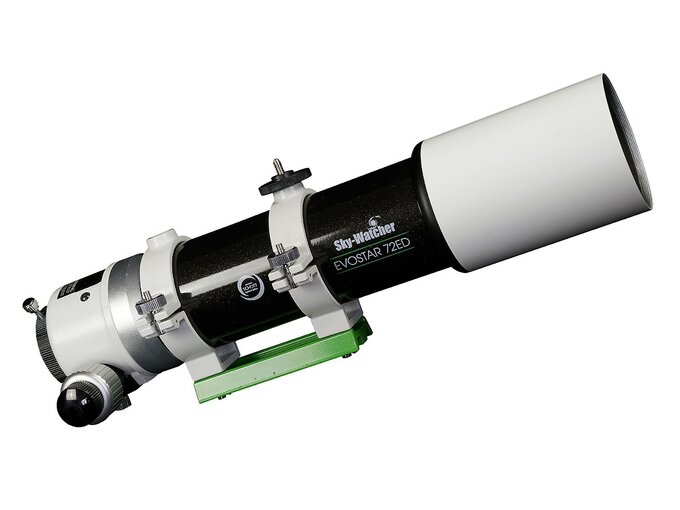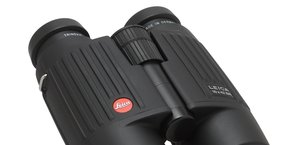Sky Watcher Evostar 72 ED – not only for astronomers
1. Evostar 72 ED in theory
Let's assume you are not interested either in pocket-sized 50 mm midgets or in more stationary 100 mm telescopes. That limiting factor leaves two types of scopes to be chosen from: the 60-65 mm and the 80-85 mm. Of course the smaller a device the lower its price tag, and these might start even from 500 PLN. Still, I don't think you can find a good quality objective lens and zoom eyepiece at that price point; to be honest 500 PLN wouldn't be enough to produce a good zoom eyepiece, let alone a telescope itself. If you look at prices of top-of-the-range spotting scopes and their accessories you can find out that for example just a case for the Swarovski Optic spotting scope might cost as much as... 1100 PLN. If you want to buy a telescope for half of that sum you really shouldn't expect much.
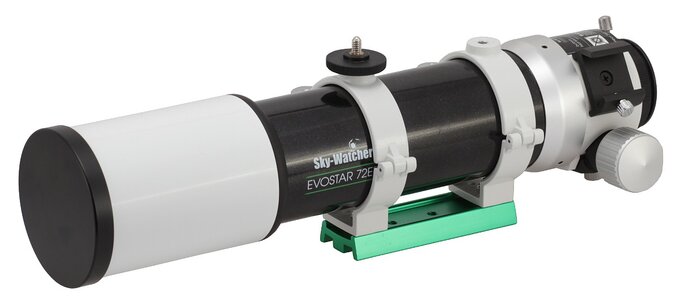 |
Please Support UsIf you enjoy our reviews and articles, and you want us to continue our work please, support our website by donating through PayPal. The funds are going to be used for paying our editorial team, renting servers, and equipping our testing studio; only that way we will be able to continue providing you interesting content for free. |
- - - - - - - - - - - - - - - - - - - - - - - - - - - - - - - - - - - - - - - - - - - - - - - -
If you are interested in a brighter image provided by a bigger objective lens you have to look at the 80-85 mm class and a sensible instrument might cost you about 2500-3000 PLN. Mind you, on principle in the box you get just a zoom eyepiece with a narrow field of view. If you want to get rid of that limitation you have to choose a Regala M2 80ED class telescope with an open 1.25” class eyepiece mounting system but its price point reaches almost 4000 PLN. A good quality 80-85 mm telescope with a wide angle zoom eyepiece might cost you even more, about 5000-6500 PLN.
The situation is not so rosy, right? Well, think again. What would you say if I told you that for as much as 2000 PLN you can buy a device brighter than 65 mm and with a possibility of attaching different eyepieces? The Sky Watcher Evostar 72 mm seems to be the answer to all the questions asked in the introduction and a piece of equipment you are looking for.
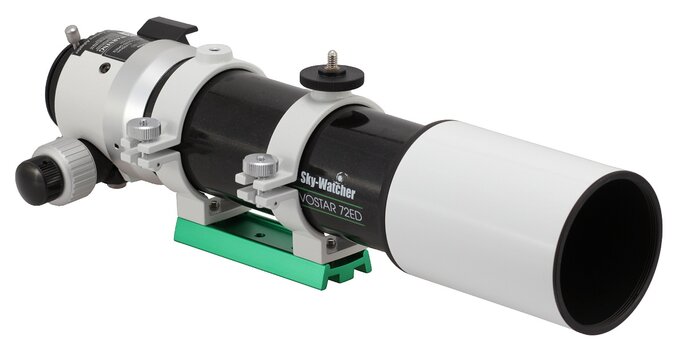 |
Like in a case of every good observation telescope, an objective lens lies at the heart of the Evostar 72 mm. Here you deal with a doublet made of Schott crown glass and a low dispersion ED glass. The Sky Watcher company doesn't say what type of ED glass you get but the objective is supposed to ensure apochromatic correction and it certainly helps with visual observations even if it doesn't concern astrophotography. The objective is 72 mm in diameter - at the very beginning you are in a better position than users of 60-65 mm class telescopes by a factor ranging from almost 23 to 44%. It is really a lot. What's more, the objective features anti-reflection Metallic High-Transmission Coating (MHC) and their loss of light on one air-to-glass surface shouldn't exceed 0.5%.
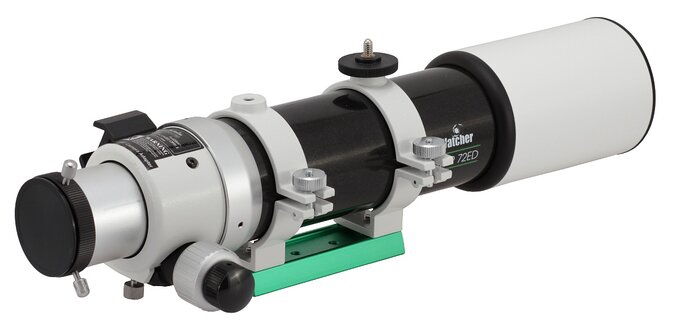 |
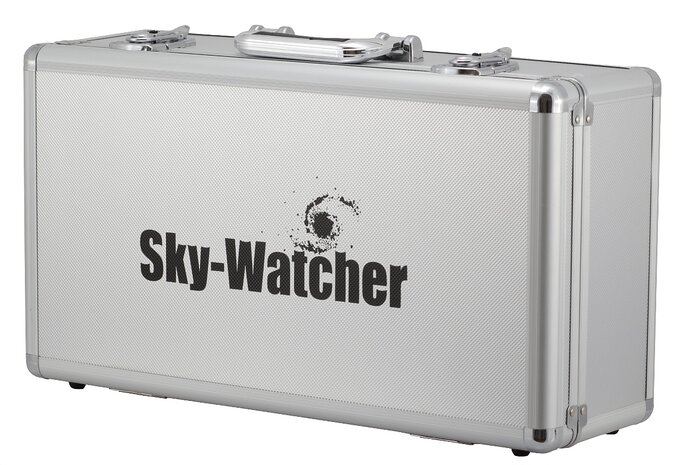 |
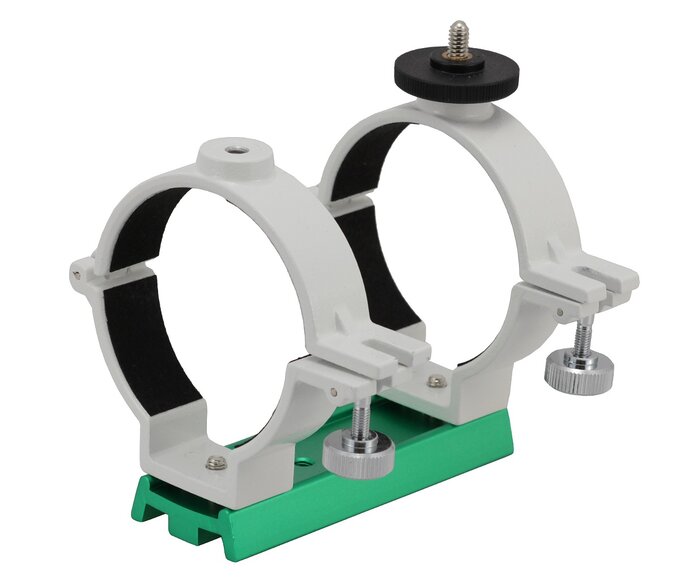 |
Both these problems can be sloved with appropriate diagonals. The cheapest ones are 90-degree mirror diagonals, available in two sizes, 1.25” and 2”, but they solve the problem only partially. Of course they improve observation comfort but images still remain reversed, not upside-down but left to right. At the same time cheaper diagonals come with a mirror covered by just simple aluminum coatings so losses of light might reach even 10%.
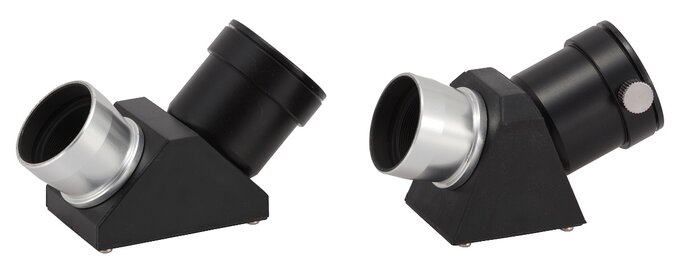 1. Cheap 90 deg and 45 deg 1.25-inch prism diagonals. |
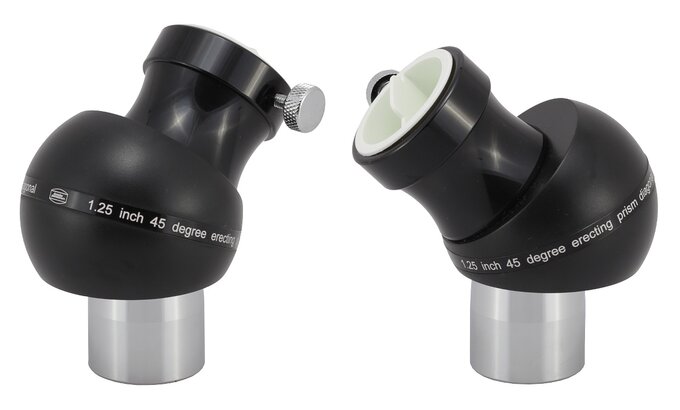 1.25-inch prism Baader Planetarium diagonal. |
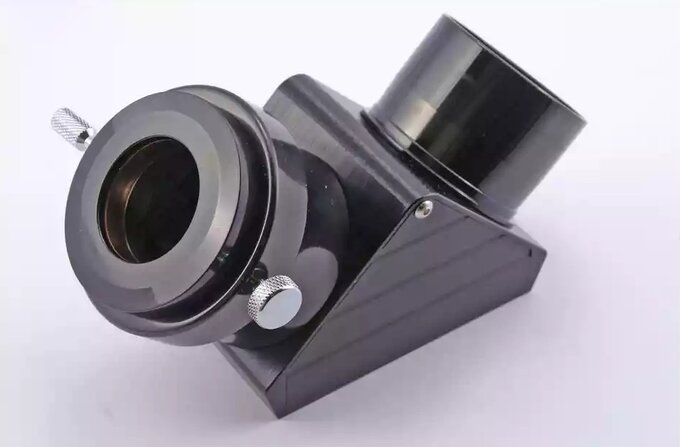 2-inch star diagonal Baader Planetarium might cost you as much as 1099 PLN. 2-inch star diagonal Baader Planetarium might cost you as much as 1099 PLN. |
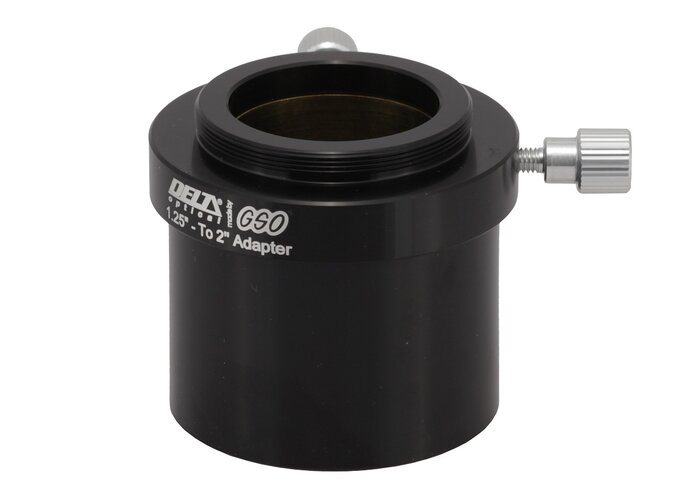 |
If you want to economize you might just add three plossl-type 4-element eyepieces and such a set would cost you about 300-400 PLN. The first of these should have the 25-30 mm focal length that allows you to reach magnifications of 14-16.8x with a significant field of view, amounting to 3.0-3.5 degrees. The second eyepiece should be an instrument with a focal length of about 15 mm and it allows you a magnification of around 30x and a field of view wider than 1.5 degrees.
The eyepiece with the shortest focal length might be a problem here. First, you have to answer a question: what is the highest magnification value that satisfies your needs. In case of 60-65 mm spotting scopes producers are able to reach a level of 45-50x, and it is about 60x when it comes to the 80-85 mm class. In our opinion good optics of the Evostar 72 mm allows you to reach magnifications of 70-80x and over 100x for those less discriminating when it comes to image quality. We think a 6 or 5 mm eyepiece that will provide magnification of 70 or 84x is a really good choice.
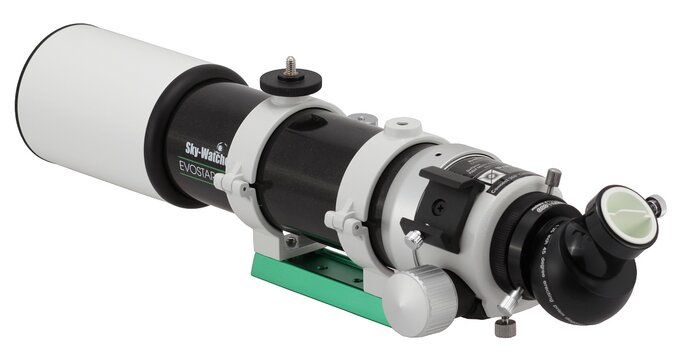 |
The problem might be avoided to some extend if you buy a Barlow 2x lens. It is a diverging system that you insert between an objective lens and an eyepiece, increasing the effective focal length, nothing else but an equivalent of a photographic teleconverter. Such a lens costs about 100 PLN so its price is comparable to that of a plossl so, instead of buying a third plossl with the shortest focal length you might purchase a Barlow lens. The result will be such that, if you combine it with the 15 mm plossl you will get a magnification of 56x instead of 28x. The eye relief distance will remain the same as for the 15 mm eyepiece, so 10-11 mm, a clear advantage over the plossl with a shorter focal length. Still image quality will deteriorate - adding a cheap barlow to the system always decreases its performance.
Fortunately there is other solution, better but more financially demanding. In the text about the Delta Optical 50ED I recommended a series of 5-element Sky Watcher SWA-58 eyepieces so let's be consistent and say that they also supplement the Evostar in an excellent way. Instead of paying 100-150 PLN for a short focal length plossl you can buy the SWA-58 eyepiece. You gain a wider field of view as it amounts to 58 deg and a better eye relief distance which, even in short focal length eyepieces from this series, is 16 mm. What's more, you might also enjoy a wide rage of focal lengths because in the class below 10 mm you get as many as 9 models available. Of course these with 2.5 and 3.2 mm focal lengths don't count because they are a bit of an exaggeration but the 4 mm model can already be taken into account (with the magnification of 105x). The devices with 5, 6, and 7 mm are completely recommendable and they ensure magnifications of 84, 70, and 60x respectively – as you like it.
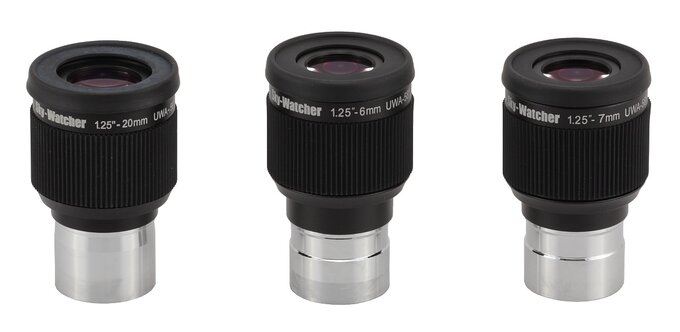 Super-plossl Sky Watcher SWA-58 eyepieces 20, 6, and 7 mm. |
Of course if you want to enjoy a good image quality and a sensible field of view, even at longer focal lengths, it's better to avoid any plossl devices. I've written about the 15 mm plossl model, providing the 28x magnification. Its eye relief is also rather short, amounting to 10-11 mm so hardly comfortable for people wearing glasses. Instead, you might choose the SWA-58 15 mm and enjoy the 16 mm eye relief distance along with a wider field of view.
In the case of an eyepiece of 25-30 mm class you might be tempted to economize a bit and still choose a plossl because the problems with a short eye relief distance disappear. Still if you want to enjoy a better image quality and a wider field of view you should get interested in the SWA-58 mm model with a focal length of 25 mm.
 |
Before we progress to the results of our practice test of the Evostar 72 mm let's sum up this section. If you want to buy the Evostar with a prism diagonal 1.25” Baader Planetarium, an adapter, and three plossl or SWA-58 eyepieces, you have to take into account an expenditure of 2500- 3000 PLN. For this amount of money you get equipment which, compared to classic 60-65 mm spotting scopes, offers you only advantages. It's true that it costs almost that much but it has a bigger objective lens, a wider field of view, and a wider range of magnifications that might be configured by the user. What's more, after buying a cheap adapter you can attach to it any reflex camera or mirrorless camera you want and enjoy a telephoto lens with 420 mm focal length and an aperture as efficient as f/5.8.
Not enough? For 1299 PLN you can buy a dedicated 0.85x focal length reducer that also flattens the field of view. With that device you get a sensibly corrected astrograph with a focal length of 357 mm and f/4.96 aperture. Of course you shouldn't fool yourself – this instrument will be hardly outstanding. After all there is a reason behind these expensive triplets or quatruplets, dedicated for astrophotography on the market. Still, you can't deny that you deal here with a very universal set, bought at an affordable price, which can be turned into a portable astronomic refractor, a fully-fledged spotting scope, a telephoto lens, and an astrography instrument for the begginers, as you need it.
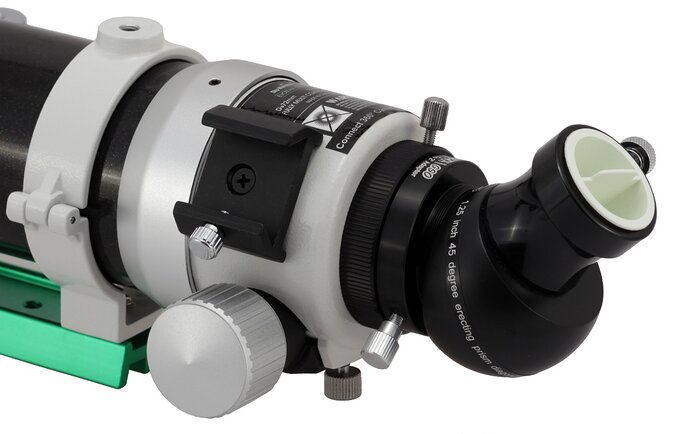 |




